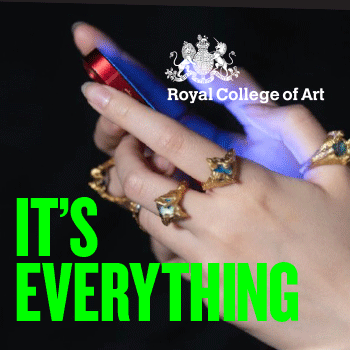Spotting a Fake Rolex Timepiece
Avoid a Faux-Pas: Spotting a Fake Rolex
Reading Time:
1 min {{readingTime}} mins
With the rate technology is improving, it’s becoming easier and easier for the manufacturers of fake Rolex watches to copy the timepieces we all know and love.
With the millions poured into research and development by the genuine manufacturers, the increasing ability to copy products with alarming accuracy is taking a greater toll on the industry. With that in mind, we look at five ways to help you steer clear of fake watches. But be warned! With fakers even duplicating the very machinery the watchmakers use to make their watches with, the days of easily spotting fakes are long gone.
As this video by pre owned watch specialist Watchfinder shows, the gap is diminishing:
Five Points for Spotting a Fake
Finish
In the modern age of case stamping and CNC machining, the hand-finishing of a case is the last bastion of quality between a close fake and a genuine watch. Bevelled edges should be clean and mirror polished, brushed finishes should be uniform and crisp, and polished surfaces should have no marring whatsoever. There should certainly be no sharp or rough edges. This final finishing is the hardest part of case manufacturing, so will likely remain a good tell for many years to come.
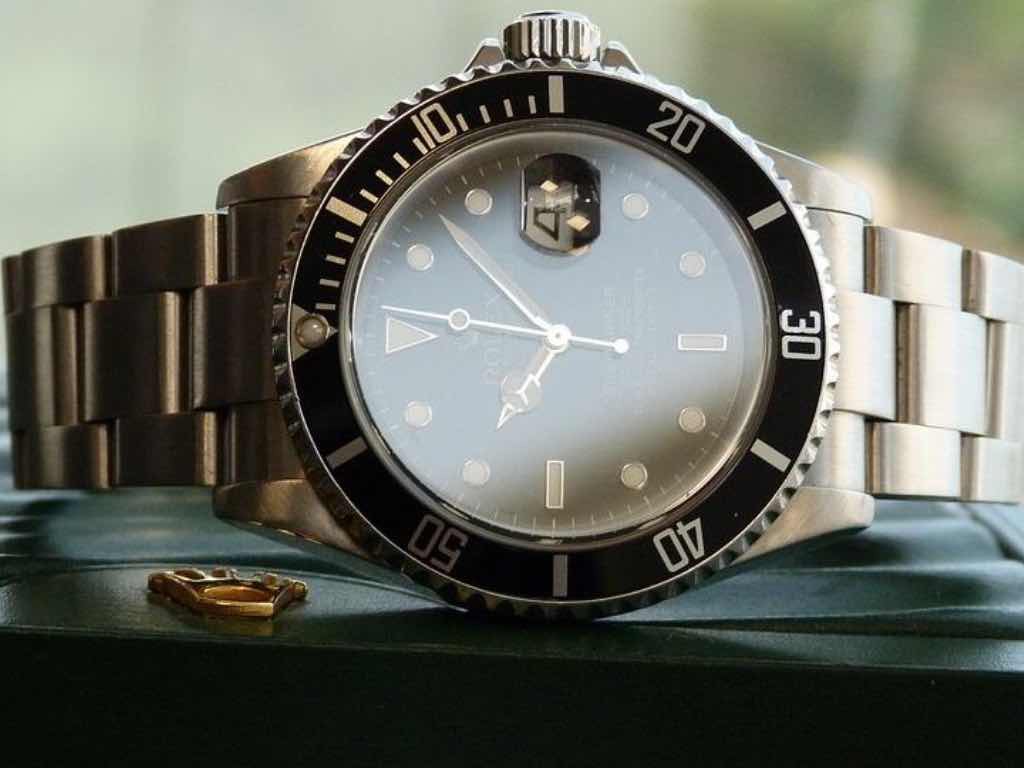
Scale
The human brain is very good at registering scale. If something doesn’t look quite right, it probably isn’t. Overlarge markers, thicker hands, skinny lugs, oddly spaced sub-dials—all instances of disproportionate fakery, particularly on the more intricate items. Having a manufacturer image to hand of the watch you’re looking at makes it a lot easier to confirm suspicions of poorly sized components.
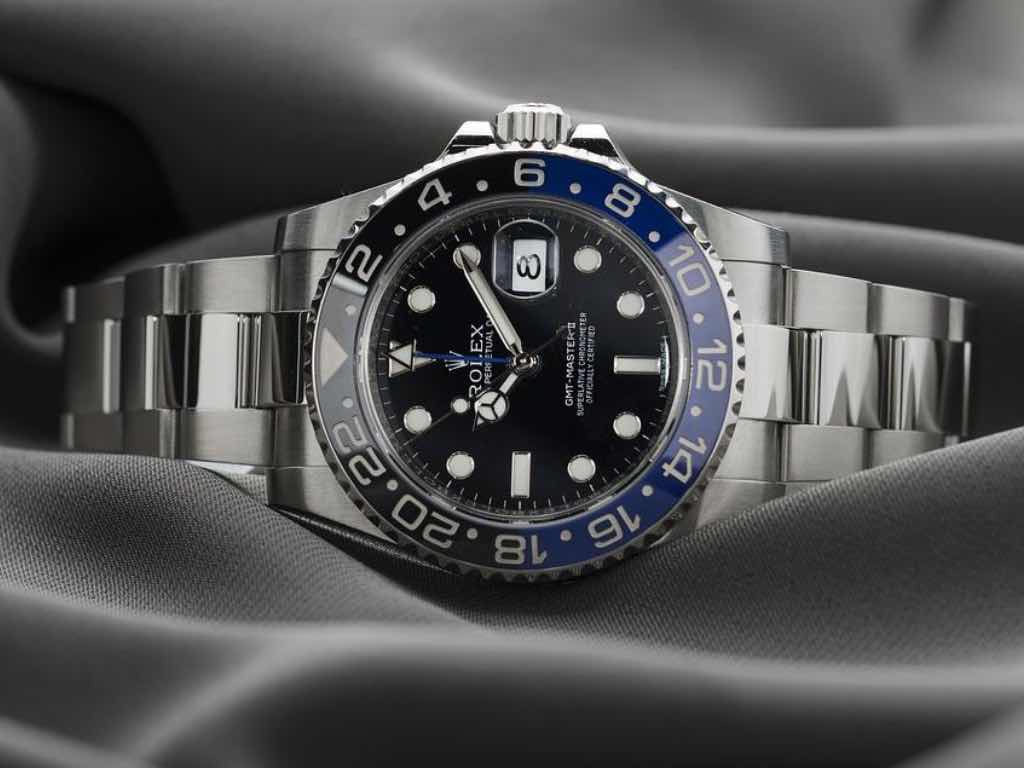
Crisp, opaque printing is very tricky to do right, and usually requires multiple layers of print. To avoid issues of alignment, many fake watches appear to have semi-transparent, single-layered print. While this avoids misalignment of layers, it leaves what should be white lettering looking grey when on a black dial. Compounded to this a usually rougher finish on the print makes it a handy go-to for fake spotting.
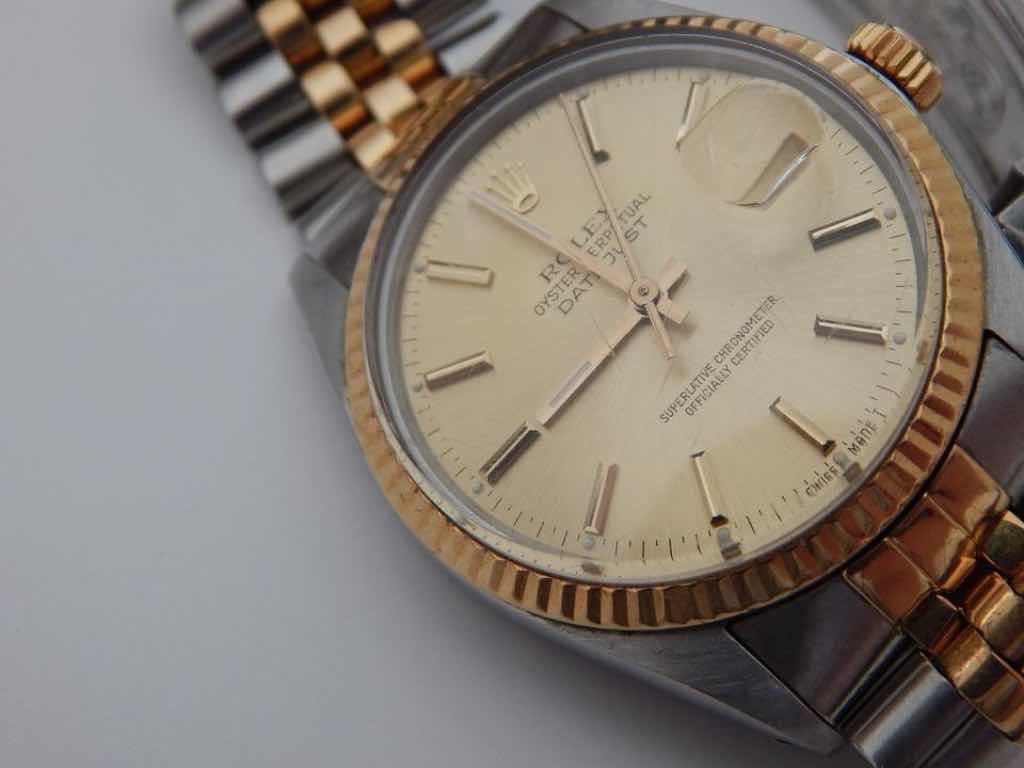
Fonts
Many fonts used by Rolex are unique to the brand, making copying them very difficult. At wrist’s length, the fonts may look fine, but with a little magnification and in comparison to a genuine item, the small errors with fonts are a surefire way to confirm if a watch is a dud. Look for different spacing, serif and sans-serif mixups, proportions in height and width of letters, and outright incorrect wording.
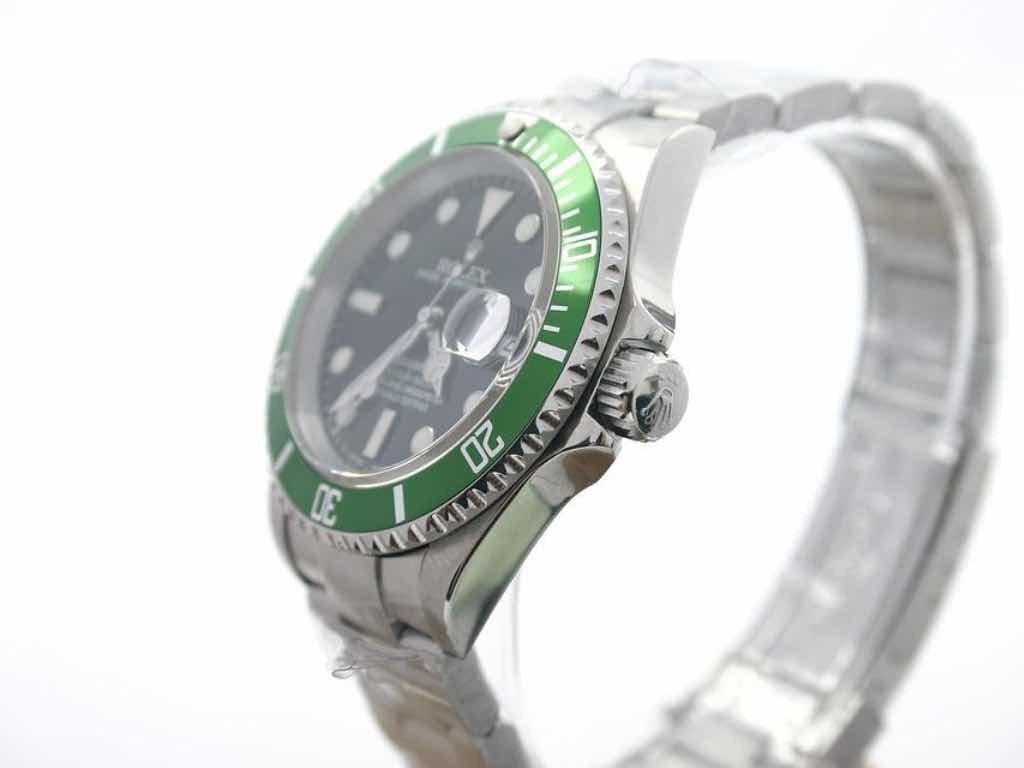
Movement
If you can get the caseback off, the movement is the easiest way to determine a fake. Most will have ETA copies in them, although some fakes of Rolex movements do exist. Fit and finish is usually lacking, as the movement is not often seen, making it much easier than any of the previous methods for picking out a fake. Unfortunately, you’re unlikely to be shown the movement if it is.
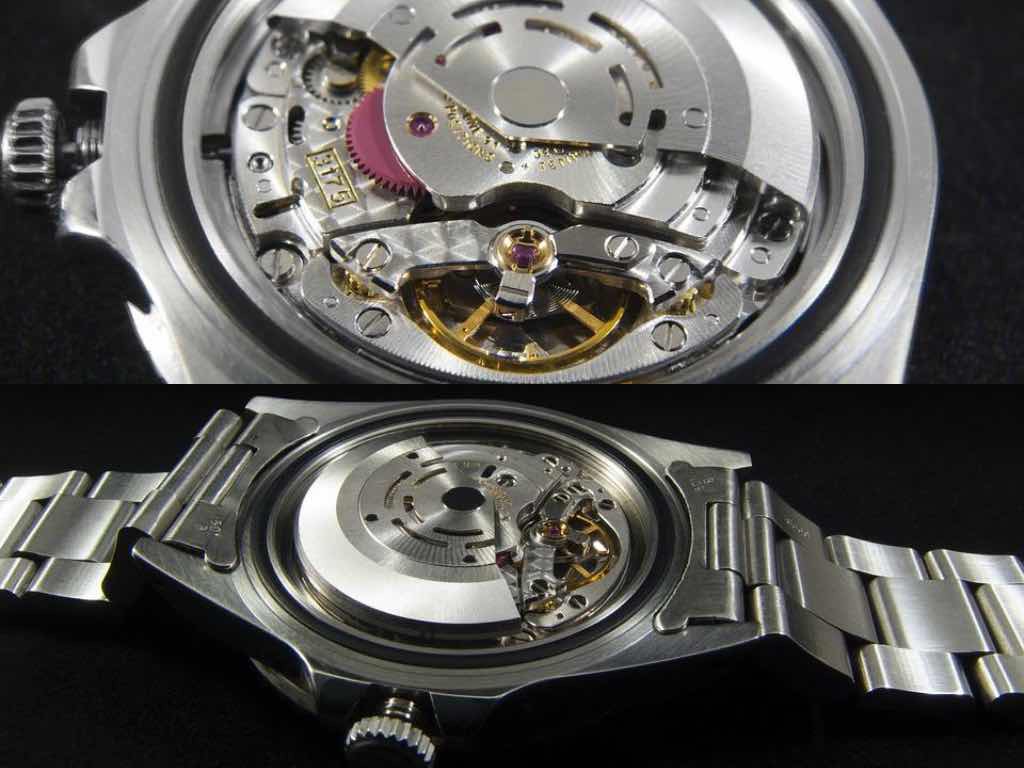
These five points should aid you in avoiding getting stung by a fake watch purchase. But you need to remain vigilant, especially when buying privately. The easiest way to avoid ending up with a lemon? Buy the seller. If you shop somewhere with good credentials and a solid, trustworthy background, you can be protected without having to worry at all.
Peace-of-mind is underrated!
Image credits: Pixabay
Author:
Published:




